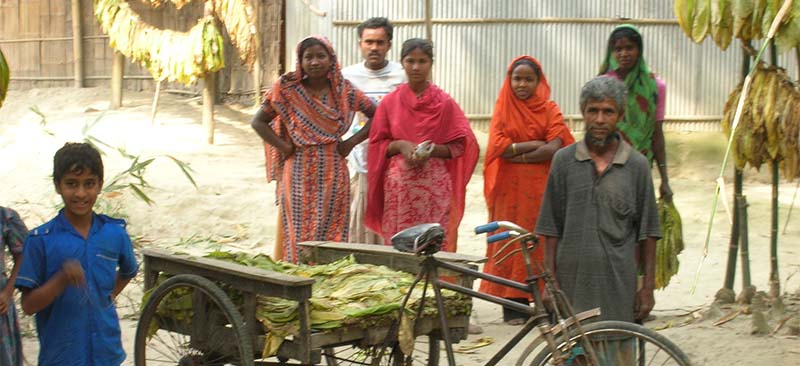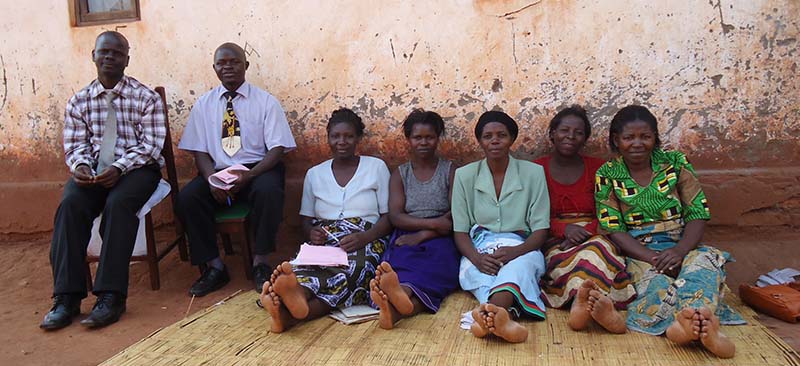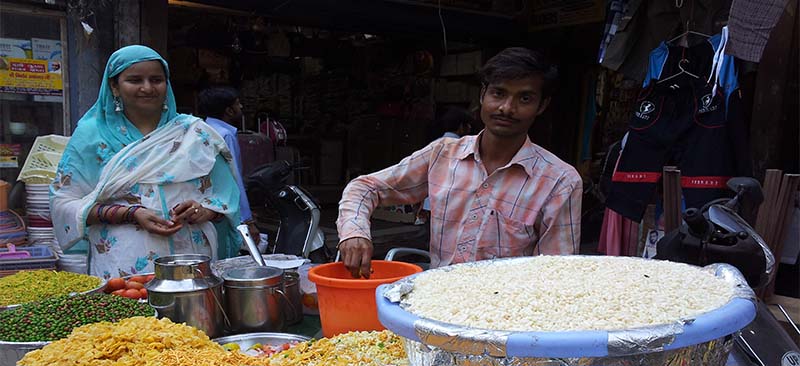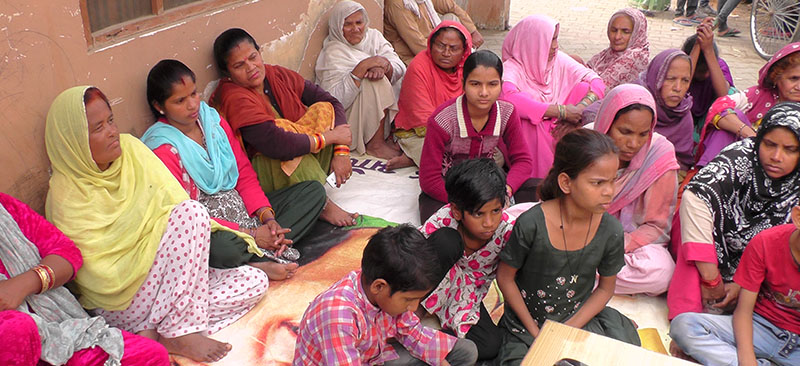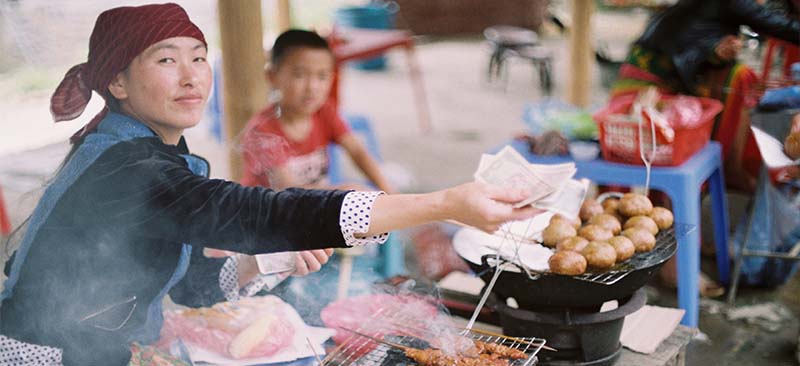This document highlights Association for Social Advancement (ASA), Bangladesh’s provision of financial services to 1.5 million poor people. This study summarises the dynamics of institutional change within the organisation during its transformation from a micro-credit to a microfinance institution. It analyses ASA’s decision to introduce open access savings services when most of the other large micro-credit institutions in Bangladesh were unwilling to do so. The study briefly discusses the changes in fund management, information systems, internal control, staffs work pattern and the clients’ attitude towards the institution and the products it offers. It outlines different types of accounts and their results and explores the financial implications of savings mobilisation. The study lays emphasis on the fact that the experience of ASA provides important lessons for micro-credit institutions seeking to follow its lead in order to introduce savings services.
Blog
Drop-outs Among Selected Zambian Microfinance Institutions: Causes And Potential Impact On Product Design
Examines why the MFIs in Zambia suffer such remarkably high levels of drop-out amongst their clients. The field study also seeks to improve understanding of where/if the current systems and services being provided by the MFIs are failing to meet the needs and demands of the clients, and draws lessons for MFIs that wish to effect change.
Introducing Savings into a MicroCredit Institution – Lessons from ASA
This note gives lessons on introduction of an open access savings scheme from a successful MFI- ASA (Association for Social Advancement) in Bangladesh. It discusses the need of organisation for introducing such product, which was largely due to mass mobilisation of savings, and then its return to original compulsory savings due to complex calculations in the new savings scheme. The note draws conclusions required for significant institutional changes with respect to the management and information systems, auditing systems and personnel/training, and organisational culture and understanding clients’ needs.
Microinsurance: A Case Study Of An Example Of The Full Service Model Of Microinsurance Provision Self-Employed Women’s Association (SEWA)
This case study is a part of a series of case studies designed to review insurance products offered to the poor by some of the most prominent organisations.
This case provides an example of the Full Service model of provision of insurance. It reviews the broad range of insurance coverage (life, disability, health, and property) under one premium with life coverage provided as an agent and the others provided under a full service model by SEWA.
The case study provides an understanding of the mechanisms and practicalities of the Full Service model, as well as an indication to the level of market satisfaction. Additionally, it reviews the process by which the product was developed, tested, and implemented to provide information on the process and to identify issues in the product cycle.
Why Bother With Product Development and Where to Get Help?
Microfinance is probably the only remaining product-driven business in the world. All other industries have long since moved from producing something and then trying to sell it to a market-driven approach under which they identify and meet customers’ needs on a profitable basis. In the commercial world, companies that have simply marketed a product without reference to the customers requirements have soon closed. The market-driven approach recognises that there is more value in retaining customers than attracting new customers who cost more.
Microinsurance: A Case Study Of An Example Of The Provider Model Of Microinsurance Provision Gret Cambodia
This study is part of a case study series designed to review products of some of the more prominent organizations offering insurance products to the poor. There are four general models of insurance: 1) Partner-Agent, 2) Full-service, 3) Mutual and 4) Provider Model. The GRET case study is a partial example of the Provider Model of insurance provision, as GRET is a mixed provider/full service insurer.
The study attempts to review its activities as a health care financing provider and aims to provide an understanding of the mechanisms and practicalities of the Provider model, as well as an indication of the level of satisfaction of their market. Additionally, this paper reviews the process by which the product was developed, tested, and implemented to provide information on the processes and to identify issues in the product cycle.
